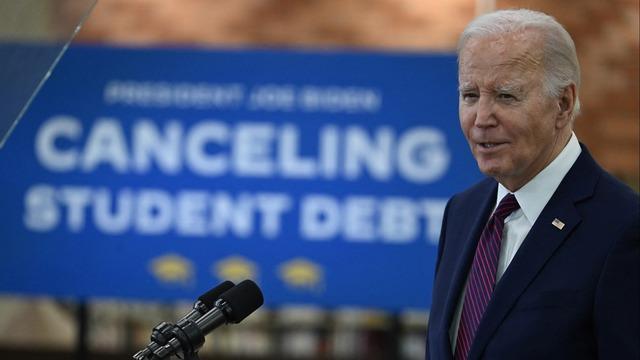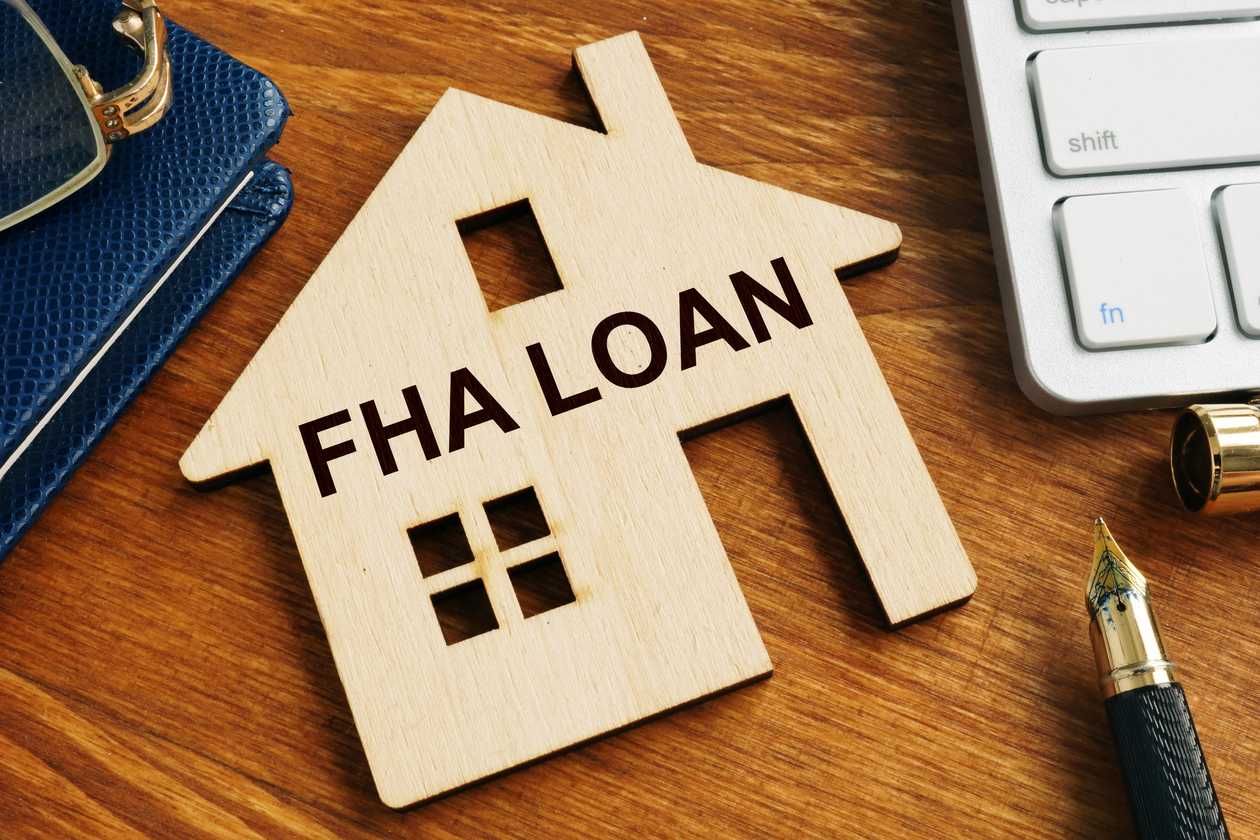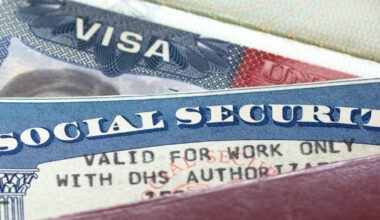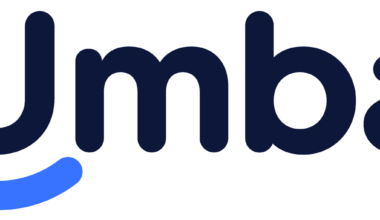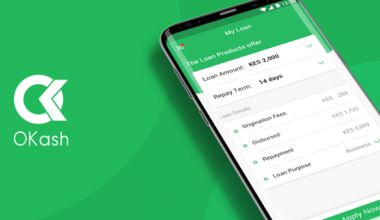Student Loan Forgiveness has become a focal point of the education sector, reflecting the efforts by governmental bodies to address the financial burden on millions of borrowers. The initiative aims to alleviate the debt accumulated from federally funded student loans under specific conditions, and is often targeted towards those who work in public service, education, or other non-profit sectors. The U.S. Department of Education oversees these programs, implementing policies that potentially allow some borrowers to have their loans partially or fully discharged, provided they meet certain criteria.

With the cost of higher education escalating, many graduates find themselves shackled by substantial loan amounts that can impact their financial stability for decades. Loan forgiveness programs are therefore essential for not only individual financial relief, but also for the wider economy. They can enable a more equitable access to higher education, subsequently empowering a more skilled workforce. The recent actions by the Biden-Harris Administration have underscored a commitment to revise the current system and expand forgiveness options, exemplified by the approval of $1.2 billion in loan forgiveness for hundreds of thousands of borrowers.
It is critical for borrowers to understand their eligibility and the application process for these forgiveness programs. The Department of Education and other related organizations provide resources and assistance to help navigate the intricate details, ensuring that eligible parties can benefit from these measures. As such, the landscape of Student Loan Forgiveness is not only a matter of economic alleviation but also one of providing clearer pathways to education without the enduring weight of debt.
Understanding Student Loan Forgiveness
Student Loan Forgiveness offers financial reprieve to eligible borrowers by cancelling some or all of their federal student loan debt. The understanding of the various programs and their respective criteria is crucial for those seeking relief from their student loan burdens.
Eligibility Criteria
To benefit from Loan Forgiveness, borrowers must meet certain Eligibility Criteria closely defined by the programs they are applying for. The Dept of Education outlines these criteria, typically involving employment in specific public service sectors or having a certain income level. Notably, recipients of Pell Grants may qualify for increased forgiveness amounts.
- Total and Permanent Disability: This provides loan discharge for borrowers who are unable to work due to a disabling condition.
- Public Service Employment: Borrowers employed in certain public service jobs may qualify for the Public Service Loan Forgiveness (PSLF) program after making a required number of payments.
Types of Forgiveness Programs
There are several Types of Forgiveness Programs designed to assist different groups of borrowers. Programs may vary in terms of who they are designed to help and the amount of forgiveness they offer.
- Income-Driven Repayment (IDR) Forgiveness: Sets payments based on income, offering forgiveness after 20-25 years of qualifying payments.
- Public Service Loan Forgiveness (PSLF): Targets those in public sector jobs, with loan forgiveness after 120 qualifying payments.
Application Process
The Application Process for loan forgiveness varies by program. Borrowers must submit the necessary forms and documentation to apply for forgiveness through the program that aligns with their qualifications.
- Submit Employment Certification for PSLF annually or when switching employers.
- For IDR plans, annually update income information.
Each program’s application process may require proof of eligibility such as employment verification or income tax returns, as outlined on the Federal Student Aid website.
Income-Driven Repayment Plans
Income-Driven Repayment (IDR) Plans are critical for borrowers seeking manageable student loan payments aligned with their income and potential debt cancellation. These plans adjust monthly payments and offer a path to loan forgiveness under certain conditions.
Calculating Discretionary Income
Discretionary income is a linchpin in determining payments under IDR plans. It’s the income that remains after taxes and essential living costs are covered. To calculate this, IDR plans subtract a figure, typically based on federal poverty guidelines, from the borrower’s adjusted gross income (AGI). For example, under the Income-Based Repayment (IBR) Plan, a family size and state of residence are factored in to establish the income threshold.
Impact on Monthly Payments
Monthly payments under IDR plans are a percentage of discretionary income, effectively tailoring student loan bills to fit financial circumstances. This percentage varies by the plan:
- REPAYE Plan: 10% of discretionary income
- PAYE Plan: 10% of discretionary income, but never more than the 10-year Standard Repayment Plan amount
- IBR Plan: Generally 10% or 15% of discretionary income, depending on when the borrower received their first loans
- Income-Contingent Repayment (ICR) Plan: The lesser of 20% of discretionary income or the amount one would pay on a repayment plan with a fixed payment over 12 years, adjusted according to income
PSLF and IDR
Public Service Loan Forgiveness (PSLF) intertwines with IDR plans, as these plans are often a prerequisite for PSLF eligibility. Borrowers working in qualifying public service jobs can have their remaining loan balance forgiven tax-free after making 120 qualifying payments. The PSLF program underwent substantial changes recently, with efforts made to credit borrowers retrospectively for payments that did not previously qualify.
Federal and Private Student Loans
In the context of higher education, understanding the distinctions between federal and private student loans and the various consolidation options is crucial for borrowers.
Differences Between Loan Types
Federal student loans are funded by the government, offering benefits such as fixed interest rates and income-driven repayment plans. These loans do not typically require credit checks or a co-signer and include options such as Direct Loans and Direct PLUS Loans, the latter of which are available to graduate or professional students as well as parents of dependent undergraduate students. Private student loans, in contrast, are offered by banks, credit unions, and other private lenders, and often use credit history as a basis for eligibility and terms, which can result in higher or variable interest rates.
| Loan | Interest Rate | Repayment Options | Eligibility |
|---|---|---|---|
| Federal Student Loan | Fixed | Numerous, including income-driven repayment | Most students without credit check |
| Private Student Loan | Variable/Fixed | Fewer, often none income-driven | Credit-based |
Consolidation Options
For federal student loan borrowers seeking to simplify their debt management, the government offers a Direct Consolidation Loan. This allows students to combine multiple federal educational loans into a single loan, potentially lowering monthly payments and providing access to additional loan forgiveness programs. Private consolidation, often referred to as refinancing, involves taking out a new loan with a private lender to pay off one or more federal or private student loans at potentially lower interest rates, but this can lead to the loss of federal loan benefits, such as eligibility for forgiveness programs under the Biden-Harris Administration.
Impact of Policy and Legislation
The intricate landscape of student loan forgiveness has been shaped significantly by recent legislative changes and pivotal Supreme Court decisions under the Biden Administration, affecting millions of borrowers across the United States.
Recent Legislative Changes
Under President Biden, the U.S. Department of Education, led by Secretary Miguel Cardona, has sought to implement policy changes to relieve the burden of student debt. This pursuit resulted in proposals to limit the income threshold which affected the cost of the loan forgiveness initiative. Through legislative channels, the Biden Administration aimed to adjust the Higher Education Act to better align with current educational and economic challenges, including the proposal to cap income which can influence the repayment amount for borrowers.
Supreme Court Decisions
The Supreme Court’s role has been crucial in determining the fate of the student loan forgiveness program. In a significant ruling on June 30, 2023, the Supreme Court struck down a major debt forgiveness plan put forth by the Biden Administration, concluding that the Education Department exceeded its authority. Such judicial interpretations have had a considerable impact on the policies enacted by the Biden Administration, effectively halting executive actions and requiring a reassessment of strategies to provide student debt relief.
Support and Resources for Borrowers

Borrowers seeking student debt relief can navigate a variety of tools and resources to manage their loans effectively. These supports can help in understanding the student loan system, evaluating repayment plans, and making informed decisions about deferments and forbearance.
Navigating StudentAid.gov
StudentAid.gov is the hub for all federal student loan information. Borrowers can access detailed information on available repayment plans, check loan balances, and apply for various types of loan forgiveness programs. It’s essential for borrowers to review their options thoroughly and use the repayment estimator to calculate their potential payments under different plans.
Working With Loan Servicers
Loan servicers act as the intermediary between the borrower and the lender. They manage the loans, process payments, and are a key point of contact for any loan system queries. It is important for borrowers to communicate any changes in their personal circumstances to servicers, who can also help explore eligibility for loan forgiveness or other benefit programs.
Understanding Deferments and Forbearance
During periods of financial difficulty, deferments and forbearance can provide temporary relief by suspending payments. Understanding the terms and consequences of both is critical as interest may continue to accrue during these periods. To apply, borrowers must contact their servicers and provide the necessary information, ensuring they comprehend their impact on the total loan balance and eventual repayment.
Frequently Asked Questions
In this section, you’ll find concise answers to common inquiries about student loan forgiveness, including eligibility checks, application procedures, and recent policy updates.
How can I check my eligibility for student loan forgiveness programs?
Individuals can review their eligibility for various student loan forgiveness programs by visiting the official Federal Student Aid website. Information on Income-Driven Repayment (IDR) plan forgiveness and other options is available.
What are the steps to apply for student loan forgiveness?
The application steps typically involve completing a forgiveness program form and providing documentation if required. Updates and details for the application process can be found on the Federal Student Aid’s debt relief page.
Are there specific loan forgiveness options available for teachers?
Yes, teachers may qualify for unique forgiveness programs like the Teacher Loan Forgiveness Program, which is designed to incentivize teaching in low-income schools.
What updates have been made to student loan forgiveness policies recently?
The Supreme Court overturned the Biden Administration’s plan for broad federal student loan forgiveness as of June 30, 2023, according to a U.S. News article.
Can forgiveness be applied to any amount, or is there a cap on how much can be forgiven?
There are caps on forgiveness amounts in some programs, although these can vary. For example, the Public Service Loan Forgiveness has no cap, while the Teacher Loan Forgiveness is capped.
What should I do if I’m having trouble with the student loan forgiveness application process?
For assistance with the application process, individuals are encouraged to contact Federal Student Aid through their help center or review frequently asked questions on forgiveness application.
